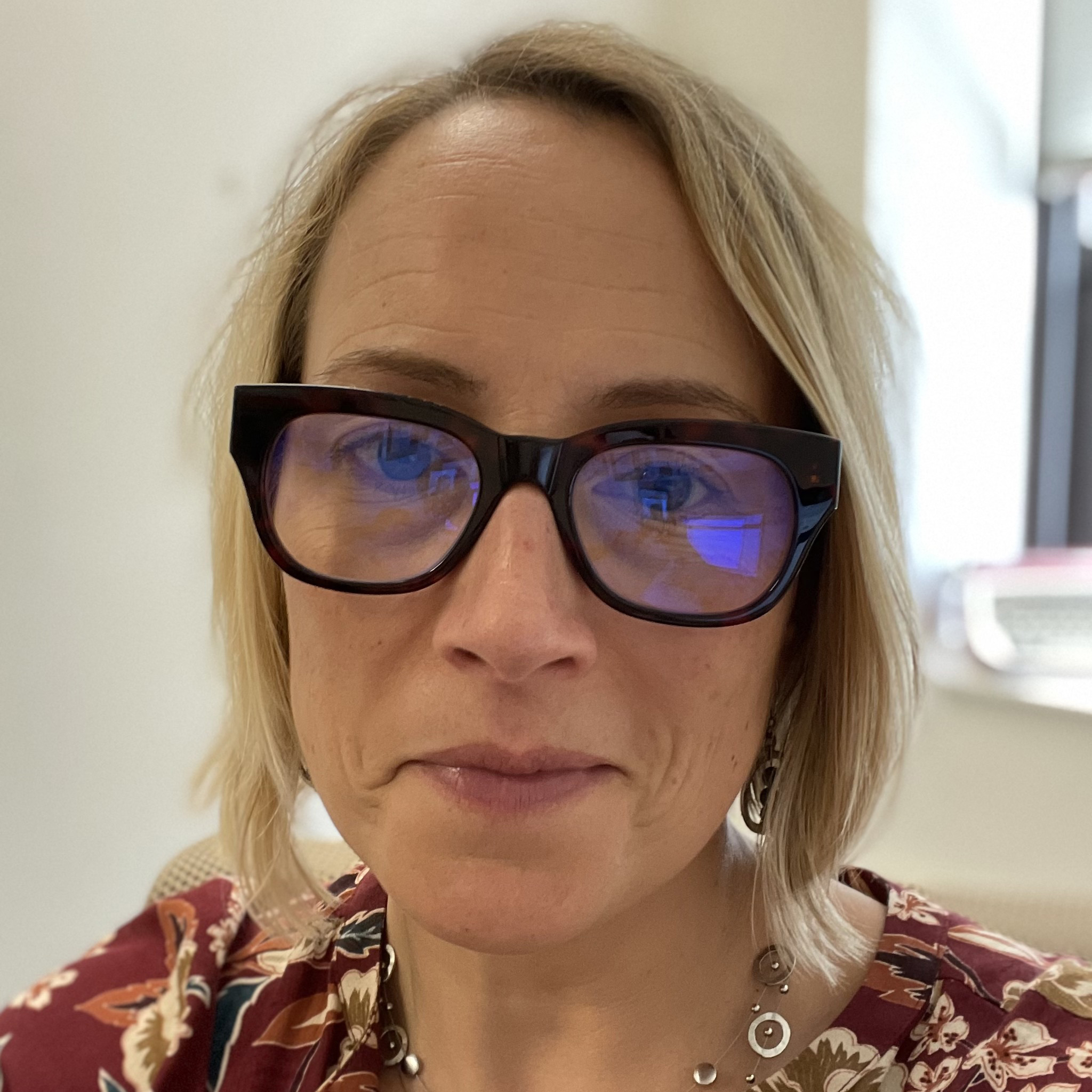Measuring women’s participation in journalism once meant sitting down with a stack of newspapers and counting bylines by hand. That’s no longer the case, thanks to computer programs that use big data to examine gender biases in sourcing, story placement and even retweets.
The results so far are grim, with women remaining chronically underrepresented in many aspects of news. But the creators of the new tools hope the information they collect will help journalists assess their habits, and perhaps change them.
Each piece of software works a bit differently, but the basic concepts are similar: Computers comb through online articles and compare the names of authors and sources with databases that determine if those names are likely male or female. The results aren’t perfect, but they can reveal broad patterns.
“They might not be as accurate as thousands of people looking over articles by hand over a period of five years, but they can give you a rough check before you hit that publish button,” said Nathan Matias, a graduate student at MIT’s Media Lab and Center for Civic Media.
Tracking gender at the Boston Globe and New York Times
Matias is collaborating with an open-Web consulting company on the Open Gender Tracker Project, which he hopes will be used to measure gender balance in traditional journalism, citizen media and advocacy organizations. Matias decided to examine gender after reading an article in the Guardian about the lack of female commentators on British TV.
“I was personally shocked by how little of a voice women had in UK news,” he said.
The Gender Tracker team has already tested its software at The Boston Globe and with the citizen media network Global Voices, where they discovered some surprising results. Women wrote just over half the posts on Global Voices, a difference from traditional news organizations where female authors are usually in the minority.
Matais is looking for other organizations — newsrooms, blog networks and advocacy organizations — that want to examine gender in the content they produce.
Andrew Briggs, meanwhile, has focused his computer-powered counting on a single news organization: The New York Times. Briggs, a recent graduate of Northwestern University, launched whowritesfor.com earlier this summer. The website uses scraping software to provide a running gender count of bylines that appear on the homepage of NYTimes.com. (In July Jezebel looked at Briggs’s efforts and examined a study unveiled on Poynter about a lack of female sources at the Times.)
The daily results — which show male authors tend to dominate — are interesting, but Briggs says the real benefits have yet to emerge. He’s looking for trends in the data, and hopes his efforts will come to the attention of newsroom leaders at the Times.
“The New York Times has both Margaret Sullivan and Jill Abramson, who are very capable, very intelligent and very aware that there’s this disparity,” Briggs said. “I think it would be nice to see [this software] used by them to kind of close the gap.”
Gathering data is just the start
What about gender biases beyond news organizations? How does social media affect the reach of women’s voices? That’s one of the questions that inspired Twee-Q, which launched in Sweden last year.
Visitors to Twee-Q’s website can enter a Twitter handle and find out the gender breakdown of retweets from that account. In my case, the results were eye-opening. I spend a lot of time thinking about gender, and follow plenty of smart women on Twitter — but that doesn’t mean I’m amplifying what they say. According to Twee-Q, the people I’ve retweeted lately are 64 percent male.
Twee-Q also maintains a tally of results that show men are more likely to have their comments retweeted despite the fact that the majority of Twitter users are women.
Gathering this kind of data is just the start for journalists committed to greater diversity, said Kelly McBride, a senior faculty member at the Poynter Institute who specializes in ethics. Newsroom managers must use these new tools as platforms for deep analysis of institutional biases.
McBride finds the gender gap in front-page bylines especially troubling because of what it says about broader newsroom inequalities.
“That’s just evidence of a system that clearly is not giving women the same opportunities that are given to men, and that has huge implications,” she said. “We know that leaders in newsrooms are chosen from people who are good at doing very specific things.”
Are women fully considered for the beats that traditionally lead to promotions, big projects and prominent story placement? Are they included in important meetings? Do they feel empowered to speak up?
“What [the data] can’t tell you is why,” she said. “What are the small, systematic decisions you’re making every day?”
While it’s important to create a culture in which women with small children can excel, McBride said news organizations should also reconsider the role of older women. Women in their 40s and 50s are likely past the most time-consuming period of child-rearing, but may not be perceived as good candidates for promotion because they took less-prestigious beats when their children were young. Many of these women, though, may still have the skills to lead.
“If you can bring more women into leadership, you can affect all of these smaller decisions,” McBride said.







